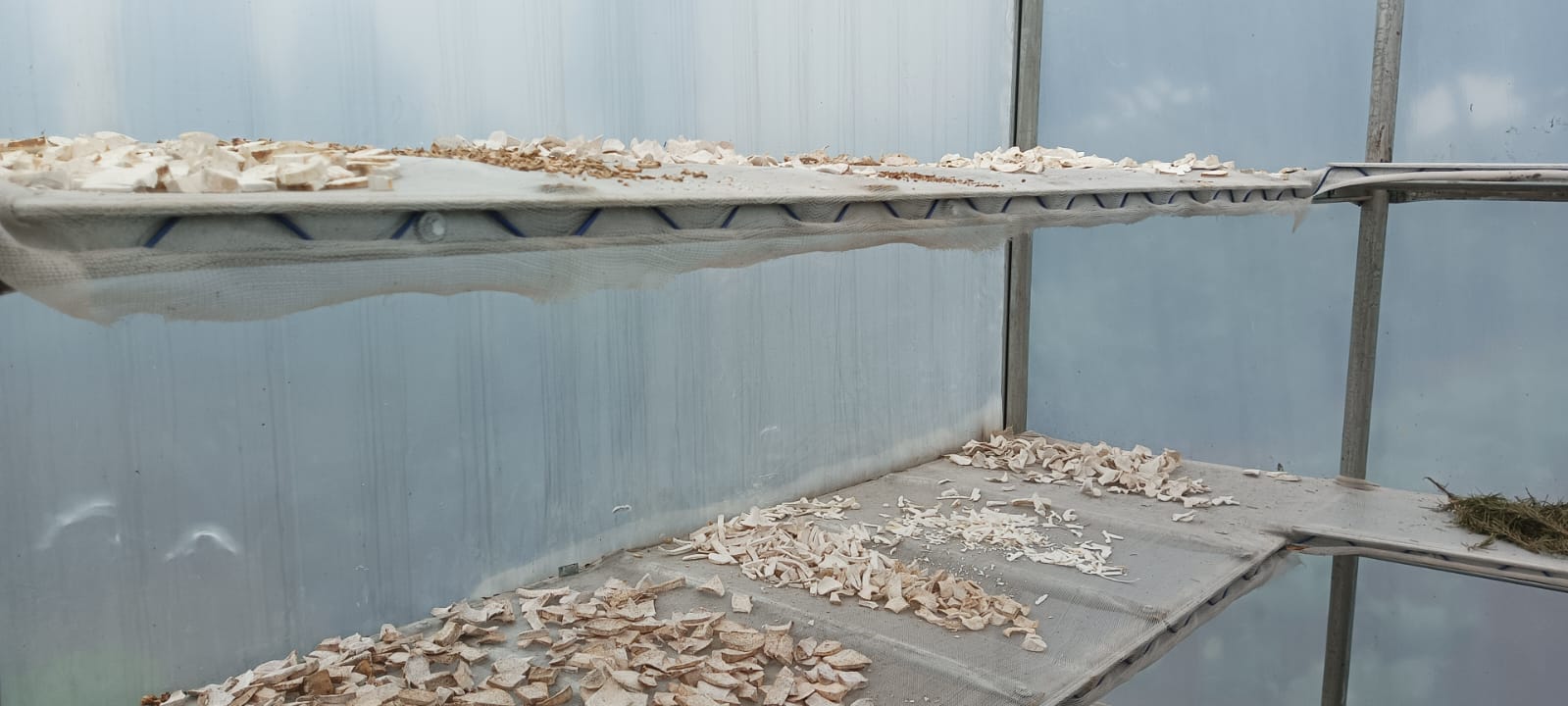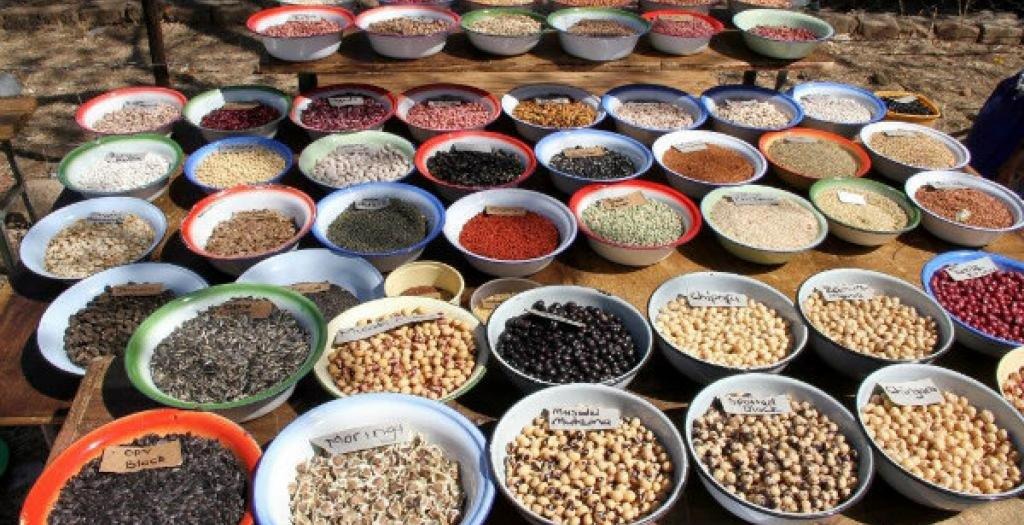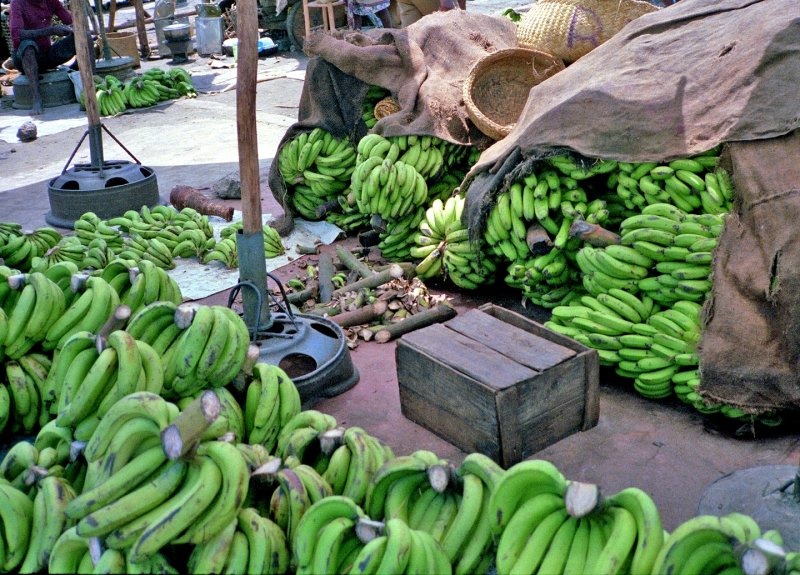Bananas are among the most widely consumed fruits globally, offering a rich source of vitamins, minerals, and dietary fiber. However, a significant challenge in the banana industry is the high rate of post-harvest losses, primarily due to the fruit’s perishable nature. One innovative solution to this problem is the production of banana flour, a value addition technique that not only reduces waste but also opens up new market opportunities and nutritional benefits.
The Process of Making Banana Flour
Banana flour is made from green, unripe bananas. The process involves several steps:
- Selection and Harvesting: Only the best quality green bananas are selected for flour production. These bananas are harvested at the optimal stage of maturity to ensure they are rich in starch, which is essential for high-quality flour.
- Peeling and Slicing: The bananas are peeled and sliced into small pieces. This increases the surface area for drying and ensures uniform drying.
- Drying: The banana slices are dried using methods such as sun drying, solar drying, or mechanical drying. The choice of drying method can affect the flour’s color, flavor, and nutritional content.
- Grinding: Once the banana slices are thoroughly dried, they are ground into a fine powder. This powder is then sieved to obtain uniform banana flour.
- Packaging: The final product is packaged in moisture-proof containers to maintain its quality and extend its shelf life.
Nutritional and Health Benefits
1.Banana flour is a powerhouse of nutrition. It is gluten-free, making it an excellent alternative for people with celiac disease or gluten intolerance. It is also rich in resistant starch, a type of dietary fiber that has several health benefits, including:
2. Improved Digestive Health: Resistant starch acts as a prebiotic, feeding the beneficial bacteria in the gut. This helps improve gut health and can prevent issues such as constipation and bloating.
3.Blood Sugar Regulation: Resistant starch has a low glycemic index, meaning it does not cause a rapid spike in blood sugar levels. This makes banana flour suitable for people with diabetes.
4. Weight Management: Resistant starch can increase feelings of fullness and reduce appetite, aiding in weight management.
5.Banana flour also contains essential vitamins and minerals such as potassium, magnesium, and vitamin B6, contributing to overall health and well-being.
Applications in Food Products
Banana flour’s versatility makes it a valuable ingredient in various food products. It can be used as a substitute for wheat flour in baking, providing a gluten-free option for making bread, cakes, and cookies. Additionally, banana flour can be used as a thickening agent in soups, sauces, and baby foods. Its mild flavor allows it to blend seamlessly into both sweet and savory dishes.
Economic and Environmental Impact
The production of banana flour has significant economic and environmental benefits. By converting surplus and otherwise wasted bananas into flour, farmers and producers can reduce post-harvest losses and generate additional income. This value addition also opens up new market opportunities, both locally and internationally, for banana products.
Environmentally, banana flour production helps reduce food waste, a critical issue in the global food supply chain. By utilizing green bananas that might otherwise go to waste, the process contributes to more sustainable agricultural practices.
In essence ,Banana flour is a promising value addition technique that addresses the challenges of banana perishability and post-harvest losses. It offers numerous nutritional benefits, catering to the growing demand for gluten-free and health-focused food products. Additionally, the economic and environmental advantages make banana flour a valuable innovation in the banana industry. As awareness and demand for banana flour continue to grow, it has the potential to transform the banana value chain, benefiting producers, consumers, and the environment alike.







